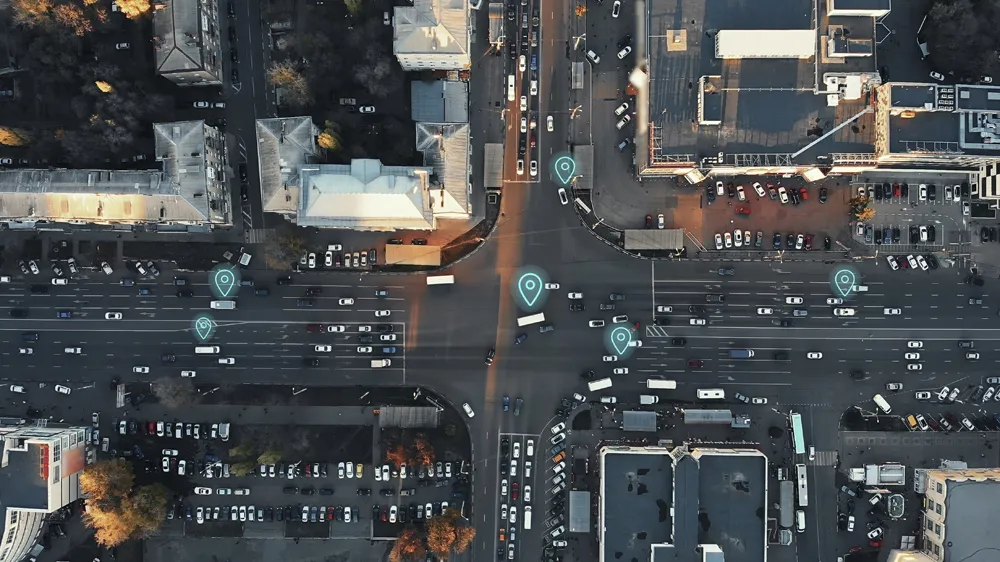Econolite and Image Sensing Systems (ISS) have announced the introduction of Autoscope Encore, the next generation of Autoscope multitasking video solutions for the most demanding intelligent transportation systems (ITS).
May 18, 2012
Read time: 2 mins
A true multitasking video detection solution, the new device features powerful network browser navigation, comprehensive data collection, Internet access via web server, and software development tools to achieve efficiencies and seamlessly integrate with other ITS systems. According to the partners, this offers unparalleled control, security, and immediate data and video access. Its dual-core digital signal processor (DSP) with advanced RISC machine (ARM) processing is part of a low-power consumption system-on-chip (SoC) package. This SoC architecture combined with multi-threaded software enables the Encore sensor to process video images in real time to detect traffic, extract data, identify incidents, and transmit detector outputs while simultaneously streaming MPEG-4 video output.
Encore sensors feature what is claimed as a unique lens aperture as part of a newly designed housing assembly that provides the best video detection possible in all weather and lighting conditions while reducing unit weight and end-to-end footprint by nearly 50 per cent. According to Ken Aubrey, president and CEO of Image Sensing Systems, “By simplifying installation and leveraging a new high-integrity enclosure design, Autoscope Encore represents an environmentally secure video detection platform upgrade, providing convenient integration with virtually any network while at the same time reducing overall visual obtrusiveness.”
The new product introduction marks 20 years of a successful product development partnership between Econolite and ISS. “As a pioneering force in transportation technology, the Econolite-ISS partnership continues to identify and address the burgeoning need in the ITS industry for automated multitasking detection tools,” said Econolite CEO Mike Doyle. “We are proud to play a key role in firmly establishing Autoscope as the technology leader.” As an exclusive distributor for Autoscope, Econolite has helped deploy more than 95,000 Autoscope units since the partnership began in 1991.









